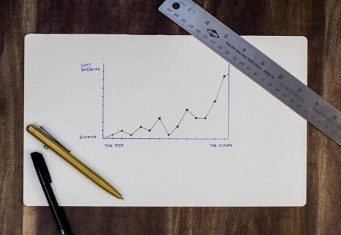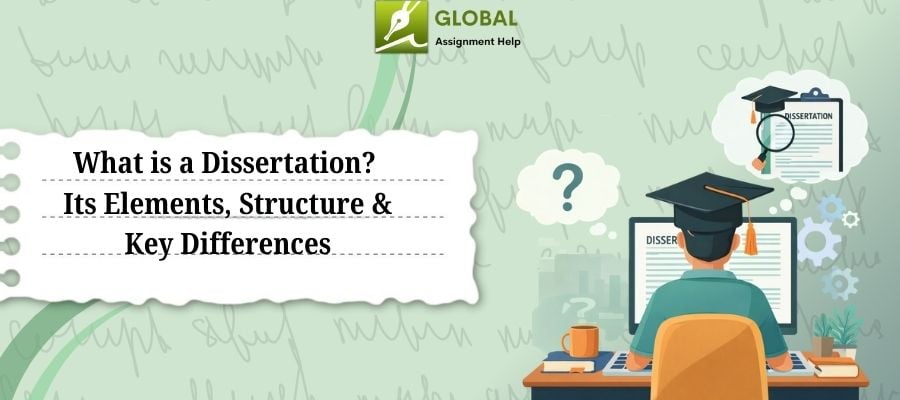Writing the result and discussion section is one of the difficult tasks that students encounter while writing a dissertation. According to our dissertation help providers, there is no hard and fast rule to do that, but they have mentioned here some tips that can help you start with full confidence.
By going through the following tips, you will come to know how you can frame both the sections with perfection.
So, let’s have a look at it...
RESULT SECTION
Figures & Tables
Including figures and tables in the result section does an excellent job of conveying more information in less space. This way your result section look more neat & clean and to the point.
- Figures - Using figures simply reflect graphs, chart, maps, pictures or any kind of illustration that you can use in the result section. But, whenever you use any figure in your dissertation, then make sure to give a brief description below it. For example - if you have attached a picture, then you should tell the reader why it is there and mention its source as well. The most common figures that are used in the result section are graphs. They are considered as the best tool in showing the connections between the data.
![]()
- Tables - Tables are basically organized in rows and columns that outlay numerical values. They are very helpful for the reader to understand the data process easily. If you want to compare two different data in the result section, then you can use a table to represent it.
Note: In case you are using the table in your dissertation, then it should not contain less than nine cells in total.
Findings of Your Study
It should also include the findings of your study, like -
- Contextual data analysis in sentence form.
- Form a report on data collection.
- Represent data that corresponds to the central research question.
- Include secondary findings such as outcomes and analysis.
But, all this data should be included in the form of table or graph so that the reader finds it easier to understand. In case the study is too broad and has many variables, then you can represent only the results that are more relevant to the research question.
So, this is all about what you can include in the result section, now the question arises - how to compose the result section?
So, to ease your burden, our experts have explained these steps...
Steps to Compose the Result Section
- Read the guidelines and instructions provided by your professor. Make sure you understand all the guidelines for the result section.
- Think about your research results according to the requirement given.
- Focus more on experimental results and findings that are relevant to your research questions.
- Decide the structure to compose your result in the best possible way.
- Draw figures and tables to illustrate the data properly.
- Draft the result section using all the findings and data you have organized.
- At last, review and edit to make sure that it is written perfectly.
DISCUSSION SECTION
The main aim of the discussion is to review your findings in the context of the literature and the existing knowledge about the subject. It serves four main purposes that are:
- Interpret and explain your results properly.
- Answer each research question.
- Justify your approach correctly.
- Critically evaluate your study findings.
According to research, most of the students miss the discussion section in their dissertation. They present the result very well but, fail to represent this section. This is the reason why they fail to get good grades. So, with the aim to help such students, our experts have mentioned the following points that must be included in the discussion section of a dissertation.
Explanation of Results
In this section, you have to explain the results, so, go into depth to explain findings that are unexpected.
References to Previous Research
You can either compare your results with the findings or use the studies to support a claim.
Deduction
It is basically a claim that explains how the results can be applied more generally. Like you can present the lessons learned and propose the recommendations that can help you improve the situation.
Hypothesis
It is a kind of a general claim or a conclusion that arise from the results. This can be framed as a new research question that is emerged as a result.
So, this is all about the content you need to write in the discussion section. Next, comes the overall objective of the discussion section. It should include the following details -
- State the major findings or we can say reiterate the research problems.
- Explain the findings and discuss its importance.
- Then relate your findings to the similar studies
- You can also give alternative explanations of the findings.
- Acknowledge the limitation of the study.
- You can also make suggestions for future research.
Summing Up!!!
The results and discussions are probably considered as the most substantial sections of your dissertation. So, once you complete it successfully, then you can relax because they are the last stages of a dissertation. So, do it carefully and fetch top-notch grades.
Free Tools

Easy to Use Paraphrasing Tool to Simplify Complex Academic Writing
Check Now
Get Structured Outline by Professionals for Your Dissertation
Check Now
Effortlessly manage citations and references with our smart referencing tool
Check NowPrice Calculator
- Plagiarism
- Pricing
- Order Now
- Call Back
- Live Chat

Limited Time Offer
Exclusive Library Membership + Free 300$ Wallet Balance

Get $300 Now
Update your Number

.jpg)
























Thank you for submitting your comment on this blog. It is under approval. We will carefully review your submission and post it on the website.